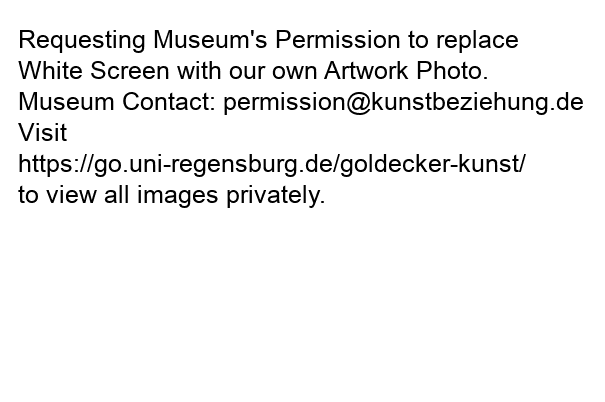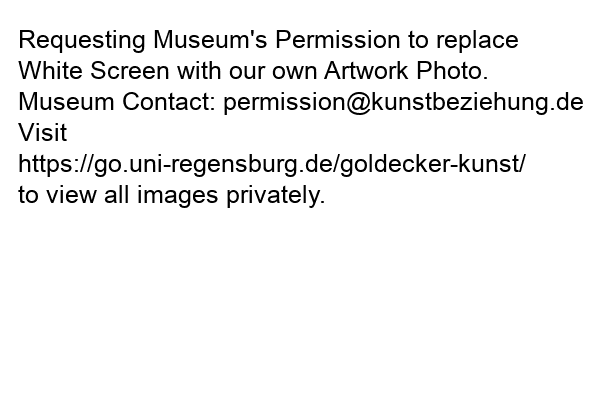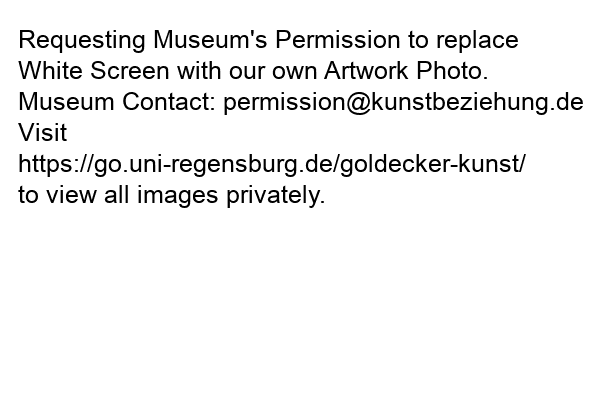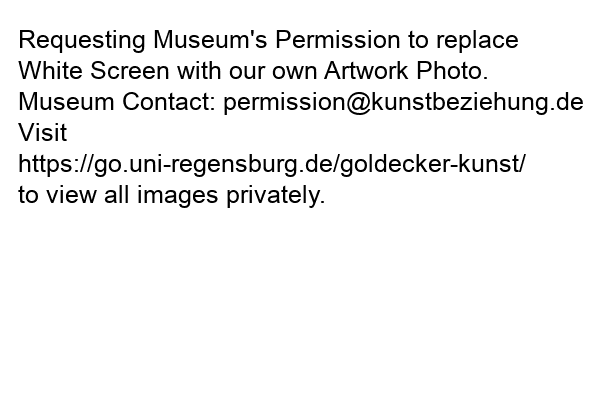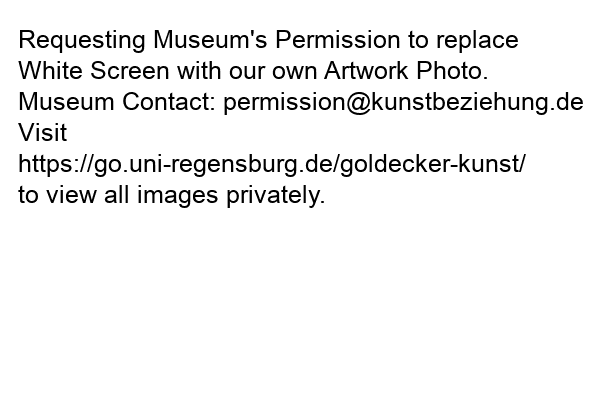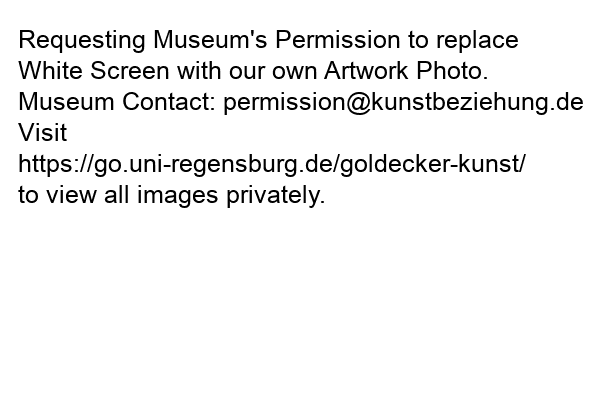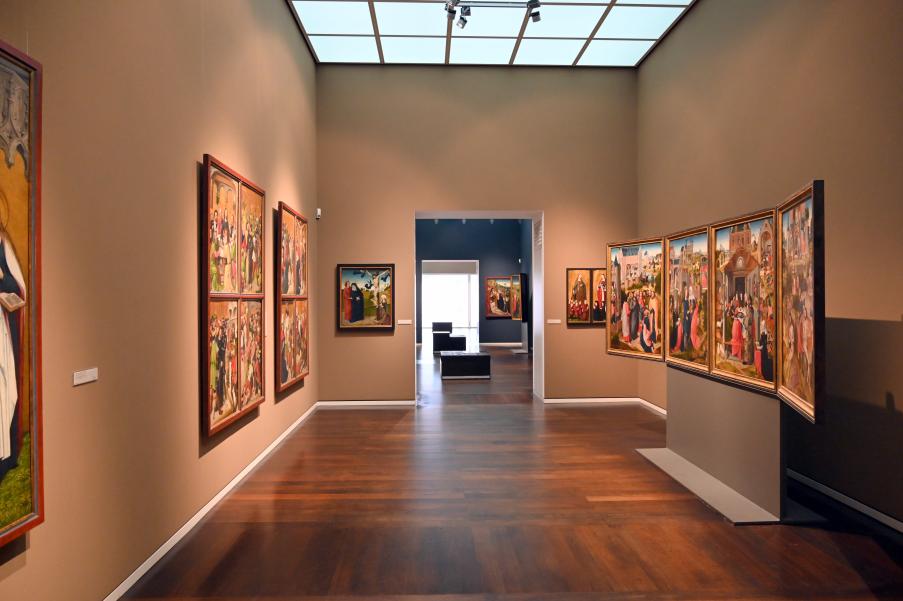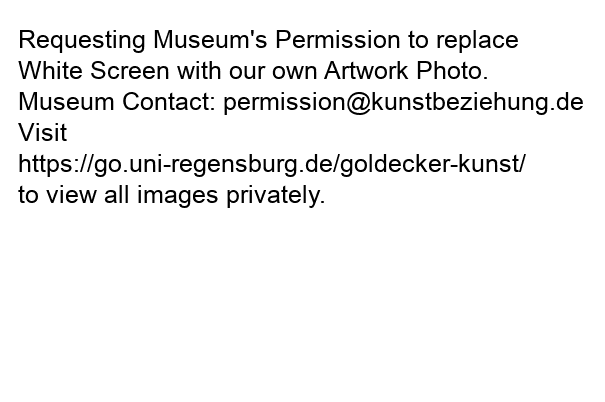Im Bann der Niederlande
n der Zeit nach Stefan Lochners Tod 1451 I dominieren zunächst drei Künstler die Kölner Malerei: Der Meister der Georgslegende (benannt nach dem Triptychon in Saal 2), der Meister der Lyversberg-Passi on (benannt nach zwei großen Tafeln in diesem Raum) und der Meister des Marienlebens (benannt nach einer Folge von Bildern in den Museen von München und London). Ihre künstlerische Handschrift ähnelt sich teilweise so stark, dass es schwer fällt, ihre Arbeiten auseinander zu halten. Man vermutete sogar schon, dass die drei Maler eine Werkstatt-Kooperative betrieben. Ihr wichtigster gemeinsamer Nenner ist der starke Einfluss niederländischer Kollegen, der sich in ihren Bildern bemerkbar macht.
Was erschien den Kölnern an der niederländischen Malerei so nachahmenswert? Das in Brüssel gemalte Triptychon, das hier aufgestellt ist, verdeutlicht eine Stär ke der dortigen Künstler: die Landschaftsmalerei. Im Hintergrund von Szenen aus Bibel und Heiligenlegenden gewinnt sie eine immer größere Wichtigkeit. Bei den hier ausgestellten Kölner Tafeln kann man die Entwicklung im Zeitraffer ablesen: Zu nächst beherrscht noch - über tief angelegtem Horizont-der großflächige Goldgrund den Eindruck. Dann schiebt sich die Horizontlinie nach oben, so dass die Landschaft mehr Raum gewinnt. Schließ lich wird der letzte Rest von Vergoldung durch blauen Wölkchenhimmel ersetzt. Im Ergebnis entsteht ein einheitlicher Bildraum, der die Illusion eines Ausblicks in die Welt erweckt.
Dazu passt der Illusionismus in den De tails, wie in der Lyversberg-Passion deutlich sichtbar: Die Unterschiede in der fühlbaren Oberflächenbeschaffenheit von Haut und Haar, Brokat und Pelz, Stein und Holz werden virtuos wiedergegeben -auch dies ein Können, das man den Niederländern abgeschaut hatte.
Under the Spell of the Netherlands
At the time of Stefan Lochner's death in 1451, three artists initially dominated painting in Cologne: the Master of the Legend of St George (named after the triptych in Gallery 2), the Master of the Lyversberg Passion (named after two large panels in this room), and the Master of the Life of Mary (named after a suite of paintings in the museums of Munich and London). At times their styles were so similar that it is difficult to tell their works apart. It has even been suggested that the three painters ran a cooperative workshop. Their main feature in common is the strong influence of their Netherlandish colleagues, which makes itself felt in their paintings.
What did the Cologne artists find in Netherlandish painting that was so worthy of emulation? A triptych painted in Brussels and exhibited in this room underlines a particular strength of the artists there: landscape painting. It came to be of in creasing importance for the backgrounds of Biblical scenes and the lives of the saints. This development can be read in "fast motion" in the paintings from Cologne on show here: initially the im pression they give is still dominated by a large gilded background set above a low horizon. Then the horizon shifts upwards so that the landscape is given more space. And finally the last remnant of the gilding is replaced by blue skies with little clouds. The result is a uniform space that creates the illusion that one is looking out onto the world.
This is accompanied by the illusionism we find in the details, as is clearly to be seen in the Lyversberg Passion: the differences in the almost palpable consistency of the skin and hair, of the brocade and fur, and of the stone and wood was rendered with great virtuosity-once again a skill that had been learned from the Netherlanders.
